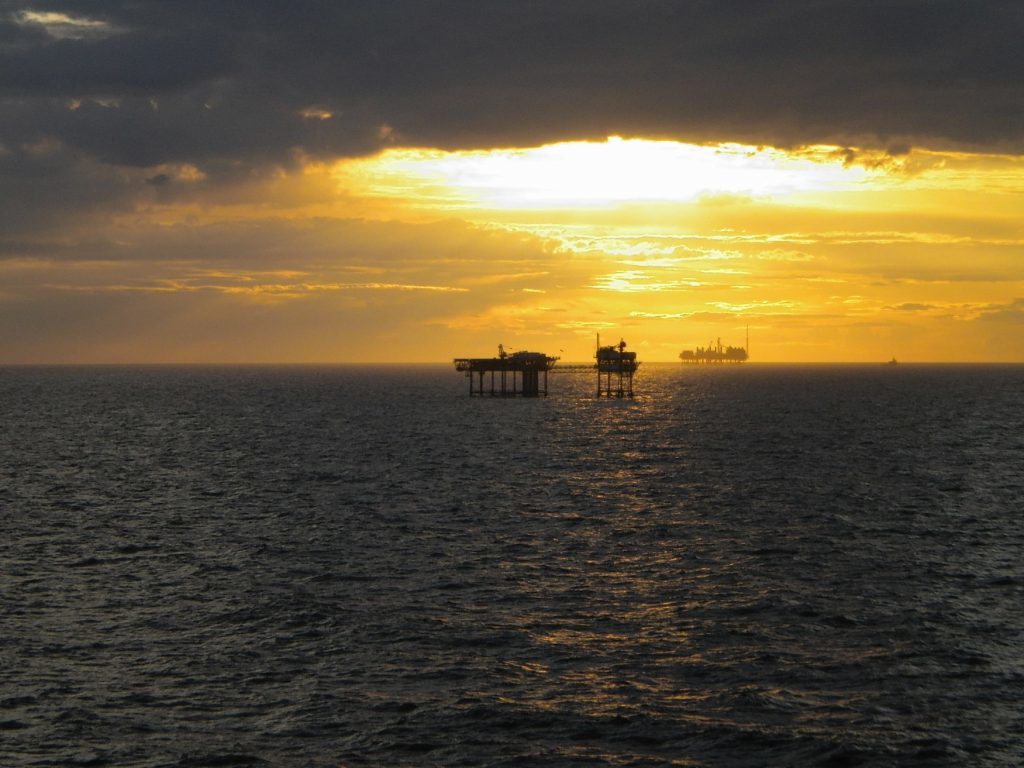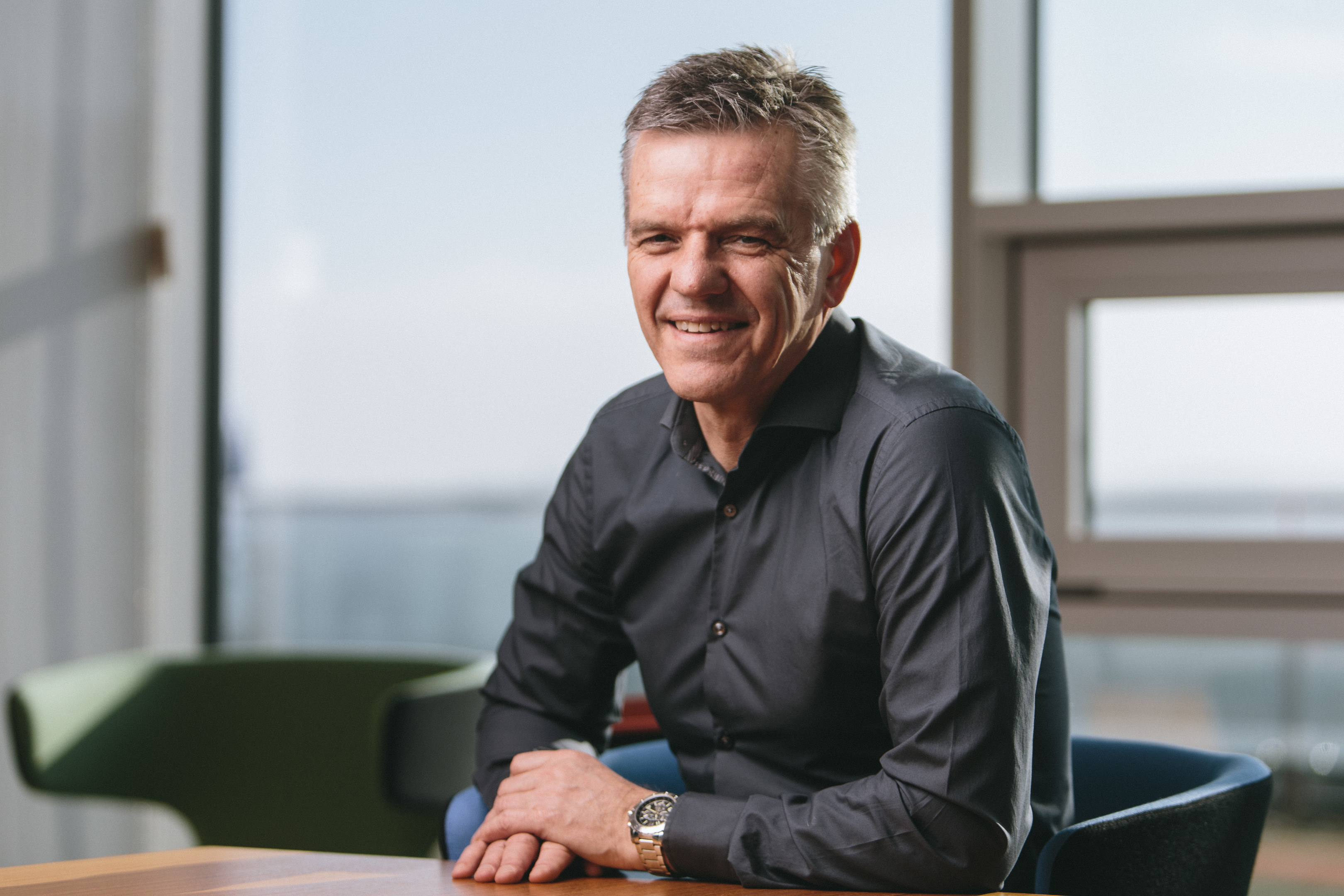
So, Offshore Europe.
It’s only a few days away and you can already sense those familiar feelings among Aberdeen’s oil and gas contingent; anticipation, maybe a little trepidation and – of course – cautious optimism.
We’ve all been cautiously optimistic for the last few years. It’s the go-to phrase for when you’re asked “will it get better this year?” or “when will things go back to normal?”.
We’re in an unprecedented market environment, no question. And no one saw this coming. Or rather, no one predicted the extent and the duration of the downturn. It has been like a ride in a lift – we thought we’d reached the ground floor but the lift just kept going.
But it wasn’t bad news for everyone, all at the same time.
For operators, the oil price crash in 2014 was when the pain really hit them … for some in the North Sea, the cost of producing a barrel was greater than the value of the barrel itself.
For others –the services sector for example – the pain came but not until later and for a little while, things were actually pretty good for them … thanks to lucrative legacy contracts, signed when the oil price was significantly higher. The services side of the industry continued to do well, as they fulfilled those contracts in a lower-cost business environment.
Eventually, as always, the market corrected itself. Orders dried up and operators could no longer wait for things to “pick up”.
And that’s when it all got really interesting.
Arguably, the downturn has driven some much-needed realignment and a positive change in our mindset that should bode well for the future.
The increased focus on driving operational efficiency and productivity has encouraged the adoption of digital applications and technologies … something the industry has traditionally taken a very conservative approach towards. Typically, no one wanted shiny and new when they could have “tried-and-tested”. We can de-risk the adoption of new technology and develop innovative practices by developing them with our customers. It means the end-user gets a fit-for-purpose solution that they actually need, rather than all the bells and whistles the service company hopes they might want.
There’s also a greater openness to collaboration between operators, service companies, industry representatives and regulators … something else we saw less of in the past, although a lot of hesitancy still remains. Remember also that “collaboration” means different things to different people. We are seeing it happen – operators are more open to the concept of pooling resources or – for example – decommissioning wells and spreading the associated costs over multiple campaigns, rather than carrying out each one individually.
To make collaboration work, everyone needs to play their part and we need to make sure the concept makes it throughout our organizations – top-to-bottom, left-to-right, and from the C-Suite to the sourcing team – so that everyone is on the same page and the collaboration message doesn’t just get stuck in the boardroom.
And we’ve had to get more creative about the commercial approaches we’re willing to offer and accept. Long-term partnerships versus one-off transactions … sharing risks and rewards … providing financing options … performance-based contracts … the list goes on. Essentially, we’re re-defining how we work together so we can shape compelling solutions that are not only convenient and productive in the current environment, but also for the future.
The industry should be open to supplier-led solutions, where the manufacturer’s role switches from the guy just selling the equipment to a full life-of-field partner, where they are given the opportunity to bring their other strengths to the table, from the very start.
So, as we gear up for this year’s “oil week” in Aberdeen, let’s listen to what everyone has to say about where we are and where we’re headed, and let’s look out for signs that all the players are open to these new ways of working with each other.
I’m feeling optimistic!
Nick Dunn is the Services & Offshore Equipment leader for Baker Hughes, a GE company
Recommended for you
